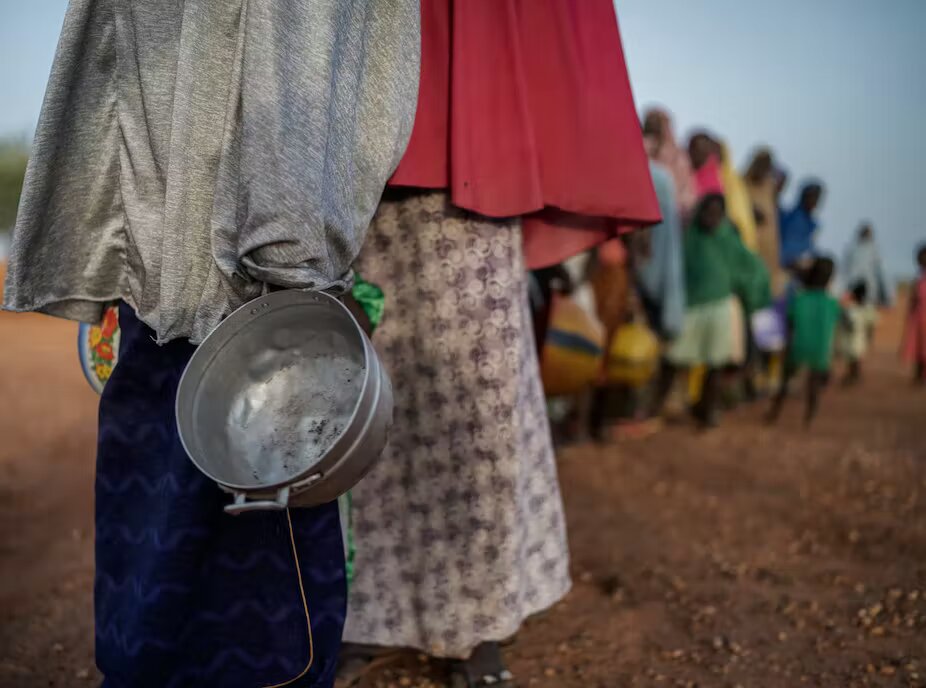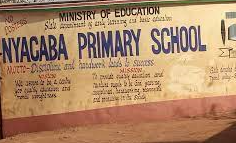Agricultural reforms needed to end hunger, drought

The rising cost of food has been an enduring feature of the Kenyan public discourse in recent times.
Preoccupation with bread and butter matters is fathomable in light of syndicated research data showing one of five Kenyans is at the risk of hunger or malnutrition.
As a consequence, the price of maize meal dominated political rhetoric for the August elections campaigns.
The decision to subsidise the price of unga to Sh100, a month to the polls failed to ameliorate the situation as demand outstripped the supply.
Jury is still out on whether this failure was due to hoarding by the maize milling barons or plain market inefficiencies.
The new regime has since abandoned the maize subsidy for a fertiliser subsidy ostensibly to boost maize production.
This may not be the silver bullet in view of, first, data from the Kenya National Bureau of Statistics on local annual maize production shows that the main driver of maize production is rainfall; erratic rainfall spells doom to production patterns, notwithstanding Treasury’s spending on fertiliser subsidies.
Second, the timing of the fertiliser subsidy did not coincide with the planting season and therefore, may not achieve the intended consequences.
Finally, the withdrawal of fuel subsidies, maize farmers and millers alike will have no alternative other than to pass on the high cost of fuel incurred in production and processing of maize to the ultimate consumer.
The lasting solution is addressing the perennial reliance on rain fed agriculture in line with the Vision 2030 aspiration of attaining an irrigated acreage of 143,000 hactares from Arid and Semi-arid lands (ASAL).
Considering that land in ASAL region is predominantly held under the communal land tenure, it is relatively easier to assemble feasible blocks of land to achieve economies of scale.
In addition, preliminary surveys indicate presence of adequate irrigation water from aquifers spanning both Turkana and Marsabit counties in the Merti and Loitikipi regions.
Effectively addressing poor maize post-harvest handling practices that account for 30 per cent of farming losses will also ensure steady supply to meet local demands.
Ethiopia and Malawi have attained a sustained growth in cereal production through pairing farmers with extension services from pre-planting season up to the post harvesting season.
Equally, commercial production of indigenous and traditional food crops like yams, cassava, millet and banana should be encouraged to tackle over reliance on maize as the sole staple food.
Similar efforts have borne fruits elsewhere in Cote d’Ivoire, Nigeria, Benin, Togo and Ghana.
Finally, the government should strengthen the legal framework on flour fortification and enrichment with trace micronutrients.
This will provide upstream linkages between yam, millet and cassava production value chains with those of wheat and maize flour production value chains, since the micronutrients absent in maize and wheat are present in the aforementioned indigenous food crops.
— The writer is a Management Consultant based in Nairobi















